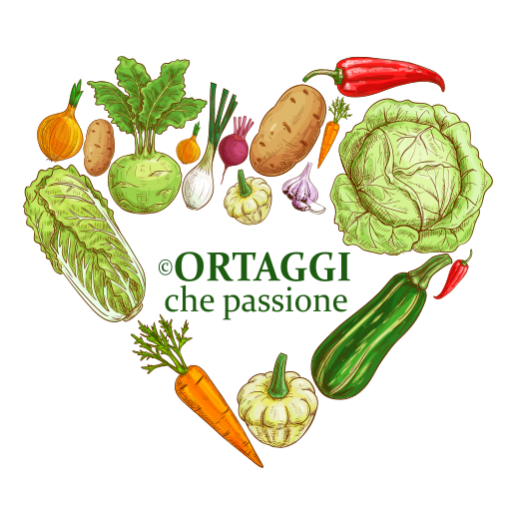Polenta with dandelion flowers is a genuine way to bring the spontaneous flavors of the earth to the table. With a few ingredients, you get a simple, seasonal dish that tastes of nature and spring.
Are dandelion flowers edible? Dandelion flowers are absolutely edible. The only important precaution is to collect them in clean areas, away from busy roads, treated fields, or places frequented by animals. And, of course, wash them well before use.
What flavor do dandelion flowers give to polenta? A delicately bitter touch. It’s a fresh taste that slightly reminds of artichoke or arugula, but more floral.
SEASON of yellow #dandelion flowers – from spring to autumn, depending on the collection site.
RECIPES with dandelion
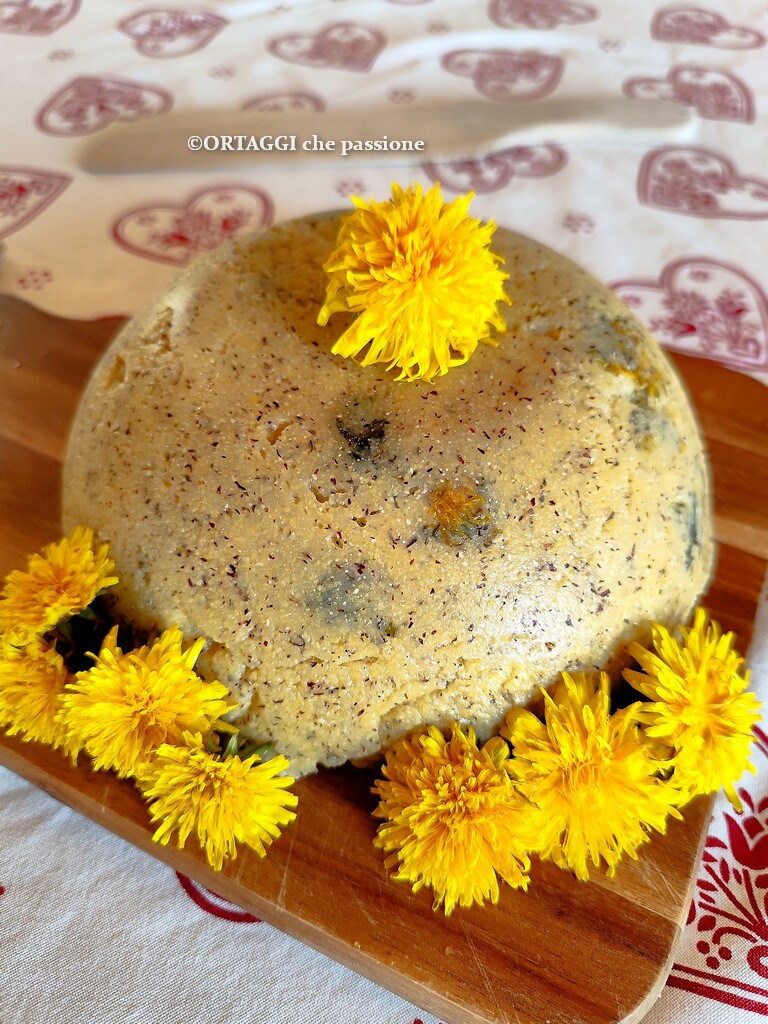
- Difficulty: Easy
- Cost: Cheap
- Preparation time: 5 Minutes
- Portions: 4 People
- Cooking methods: Stovetop
- Cuisine: Italian
- Seasonality: Spring, Summer, and Autumn
- Energy 171.73 (Kcal)
- Carbohydrates 37.11 (g) of which sugars 1.05 (g)
- Proteins 4.66 (g)
- Fat 0.87 (g) of which saturated 0.07 (g)of which unsaturated 0.02 (g)
- Fibers 3.18 (g)
- Sodium 321.79 (mg)
Indicative values for a portion of 318 g processed in an automated way starting from the nutritional information available on the CREA* and FoodData Central** databases. It is not food and / or nutritional advice.
* CREATES Food and Nutrition Research Center: https://www.crea.gov.it/alimenti-e-nutrizione https://www.alimentinutrizione.it ** U.S. Department of Agriculture, Agricultural Research Service. FoodData Central, 2019. https://fdc.nal.usda.gov
Polenta with Dandelion Flowers
- 3 oz dandelion flowers (about 80 flowers)
- 4 1/4 cups water
- 1 cup polenta flour (instant)
- to taste coarse salt
- to taste extra virgin olive oil (or a knob of butter)
- 2 tablespoons cheese (nutritional yeast for vegans)
Tools
- Pan
- Whisk
Polenta with Dandelion Flowers
Wash the dandelion flowers well, remove the stems and the tougher green parts. They can be left whole or slightly chopped.
Bring the salted water to a boil.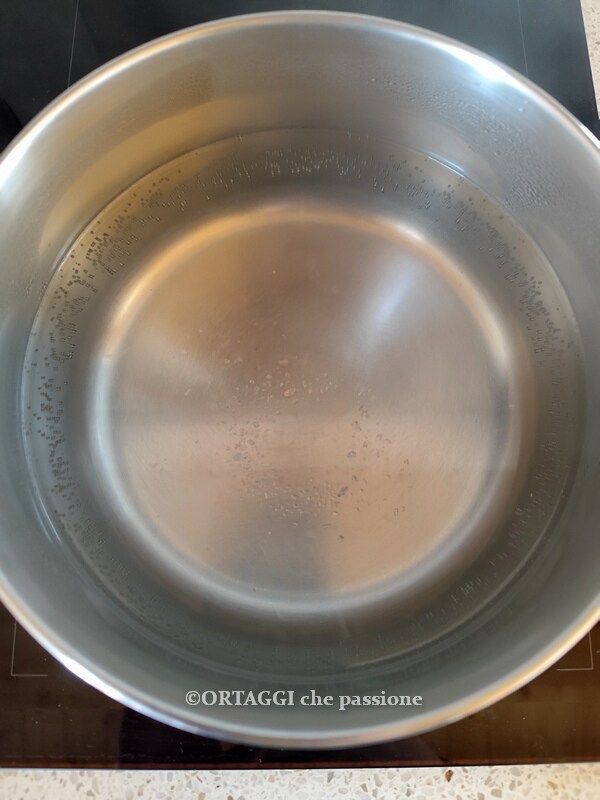
When the water boils, pour in the cornmeal gradually while stirring with a whisk to avoid lumps.
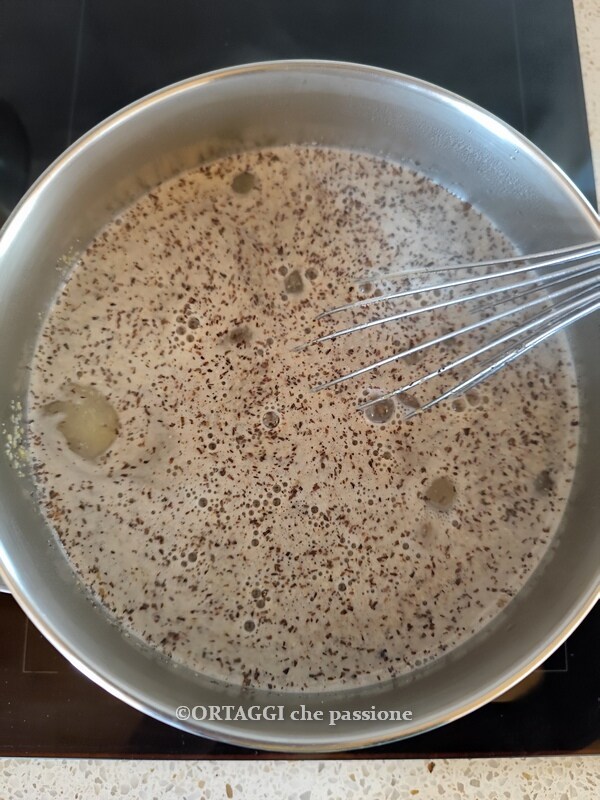
Continue stirring for a few minutes. Instant polenta cooks very quickly, usually in 5 minutes. The classic polenta, however, takes 40 minutes to cook.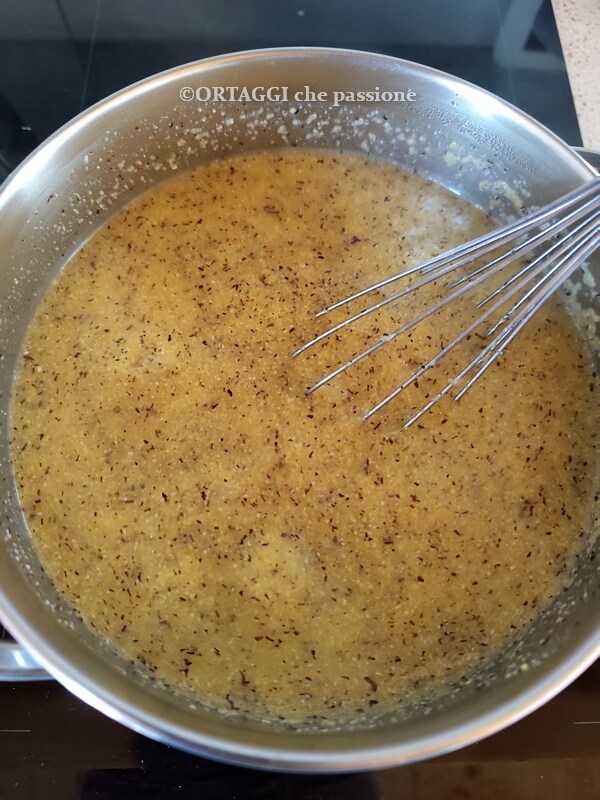
Towards the end of cooking, add the flowers. Cook them for 2-3 minutes or until they reach the desired consistency. The polenta can be enriched with a drizzle of extra virgin olive oil (or a knob of butter), and to make it more delicious, add some vegetable cheese (soft or grated).
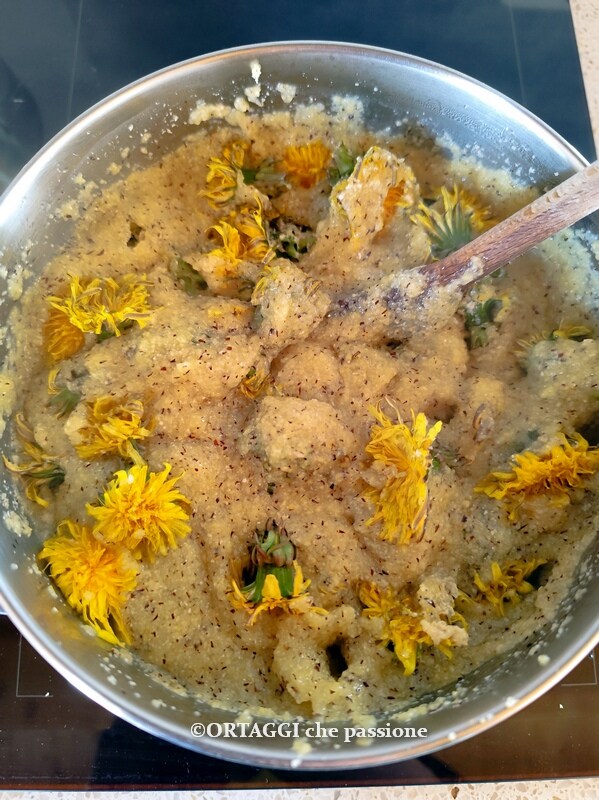
Once ready, pour the polenta into a bowl and let it cool slightly before turning it onto a cutting board.
STORE polenta with flowers
After cooling it, store the polenta in the fridge for up to 3 days, well covered.
To store it longer, slice it, freeze the slices separately, and then place them in a bag. When you’re ready to enjoy it, heat it in a pan or oven: it will also become nice and crispy.
FAQ (Questions and Answers)
Can dandelion leaves also be used?
Of course, young leaves are perfect. They can be chopped and added directly to the polenta, or sautéed in a pan and served as a side dish.
What type of flour to use for this recipe?
I used instant taragna flour, but you can also use classic yellow cornmeal, either slow-cooking or quick-cooking. Wholemeal or coarse is also perfect for a more rustic version.
Can dandelion flowers be eaten raw?
If they are very fresh and well washed, they can also be used raw as a decoration on ready polenta. They give a slightly bitter touch.
What are dandelion flowers good for?
Dandelion flowers are rich in vitamin C and A, antioxidants that protect the body and support the immune system. They also have purifying and diuretic properties, helping to eliminate toxins.

